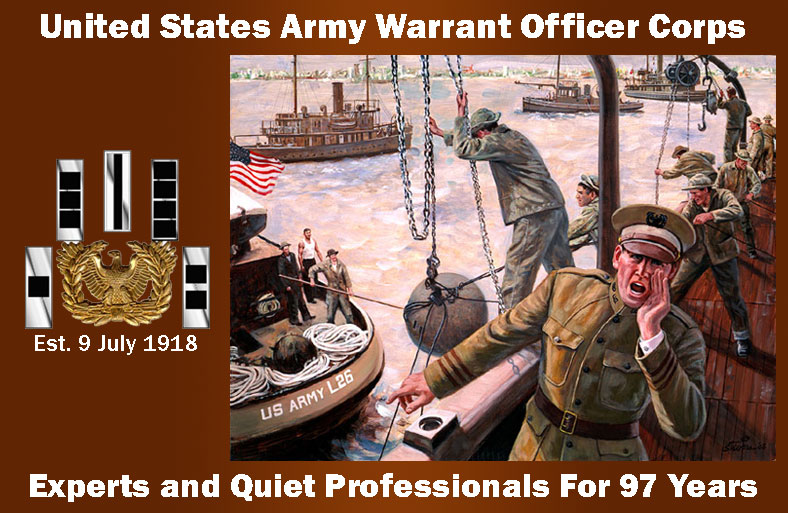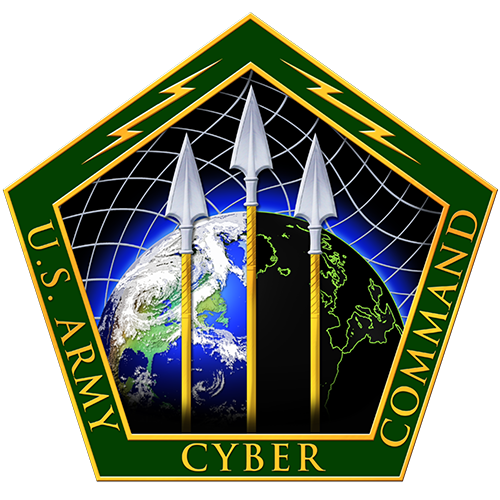Congrats to all of the NCOs who have been selected to join the ranks of the Signal Warrant Officer Corps.
Creating a new Corps
The Army has been in the process of standing up its new Cyber Corps for a little while now. Starting with the creation of the 17A MOS for regular officers, and followed by the recently completed its first round of Voluntary Transfer Incentive Program (VTIP) for the warrants working to start to fill the 170A warrant officer slots, and finishing out the processes with the initial fill of Soldiers who are becoming 17C.
What’s Your Clearance?
According to military.com, one of the most valuable things that any of us can bring to the table when we transition out of the Army is our security clearance. As a warrant officer, each and every one of us (regardless of MOS) is required to keep a SECRET clearance just to keep or jobs. In the civilian word, a SECRET clearance is great, but having a TOP SECRET is just a little bit better (and in many cases a lot more money).
MILPER 15-258 (APPLICANTS FOR THE COMPUTER NETWORK OPERATIONS DEVELOPMENT PROGRAM)
HRC has posted MILPER Message 15-258 seeking applicants for the Computer Network Operations Development Program (CNODP) class of 2019. This is a highly advanced program whose graduates are the developers of the Army’s future CNO tools.
ATP 6-02.75 (Techniques for COMSEC Operations) has been released
The Cyber Center of Excellence has released ATP 6-02.75 (Techniques for COMSEC Operations). It’s stated purpose is to: Provides guidance on the management, employment, handling, and storage of communications security materials.
Reflections from the NTC
In the 3 years, 4 months and 1 day since I arrived on Fort Irwin to being my job as the senior NETOPS trainer I can say that my perspective today compared to then has changed significantly. During that time I have worked on 26 rotations with 24 BCTs (2 of them twice), 21 Net Techs (3 of them twice) and way more signal Soldiers than I could possibly count. What follows are a number of final thoughts as I finish my time at the NTC.
Army Directive 2015-30
In case you missed it, CW5 Williams sent out the signed copy of Army Directive 2015-30 which states basically that if you want to hold specific jobs (there’s a list of them) in the future, you will need to complete all of the required PME for your particular rank. Most of the jobs listed are CW5 positions (and a few CW4 from the looks of it) but I expect eventually this will move down the road to effect promotions and other things. Short of it is, go to school (guess I really need to do the advance course one of these days)
Another Broadening Opportunity for Warrants
The Army is looking to fill 108 seats in the School of Advanced Miliary Studies (SAMS) Advanced Military Studies Program (AMSP) for the resident course that begins in June 2016.
Warrant Officer Broadening Assignments
The Army is currently looking to fill a number of broadening assignments and this year a number of them are open to warrant officers. Broadening assignments give us an opportunity to spend a period of time (sometimes a few weeks, sometimes a couple of years) away from our normal duties and expand our personal knowledge and help contribute to the Army in a strategic way vs our normal technical way.
FY16 Warrant Officer Selection Board
Recruiting Command released the warrant officer board schedule for FY16 last week (minus Sept for some reason). As of right now, there are two boards that will look at 255A/N (although I expect that Sept will as well once it gets released).






